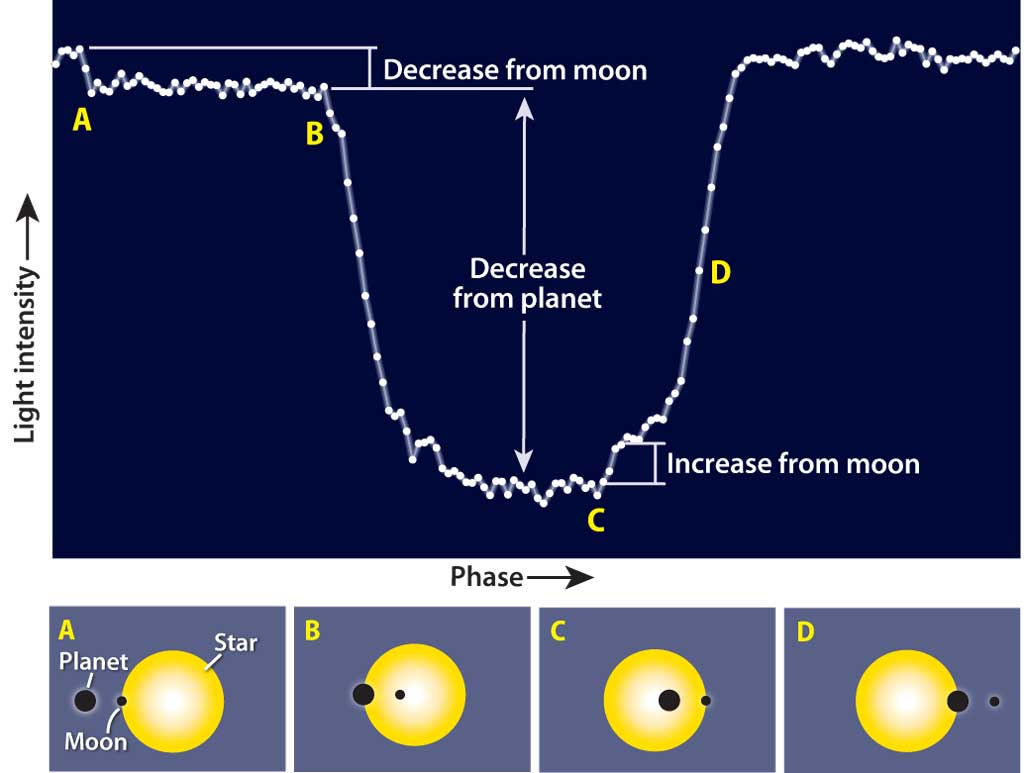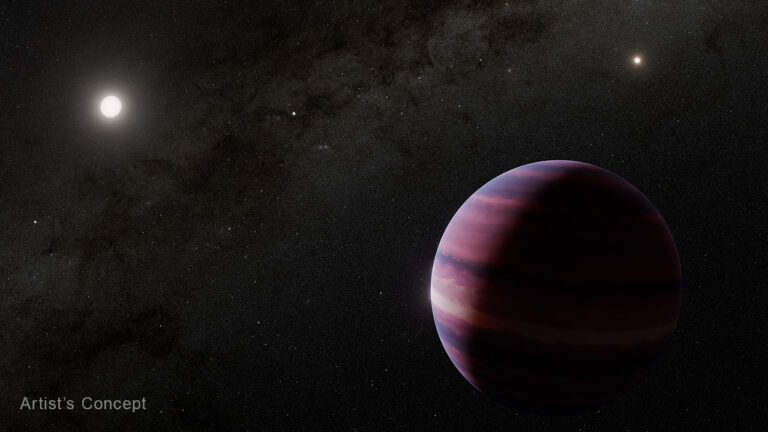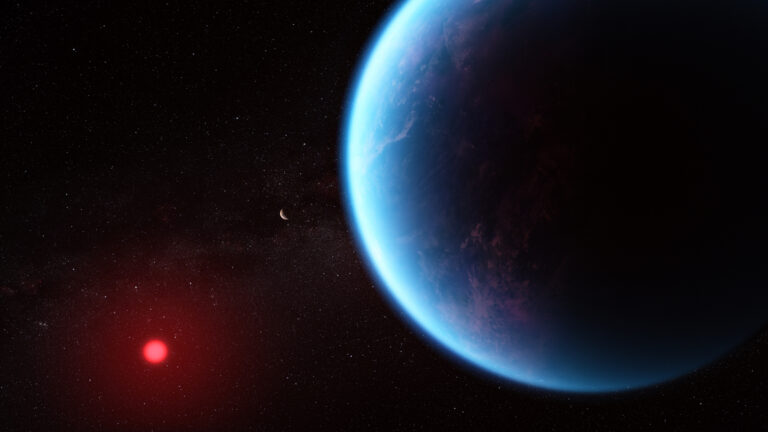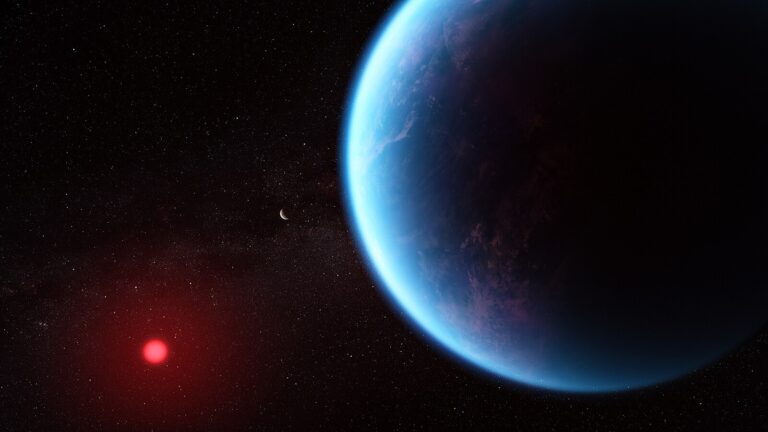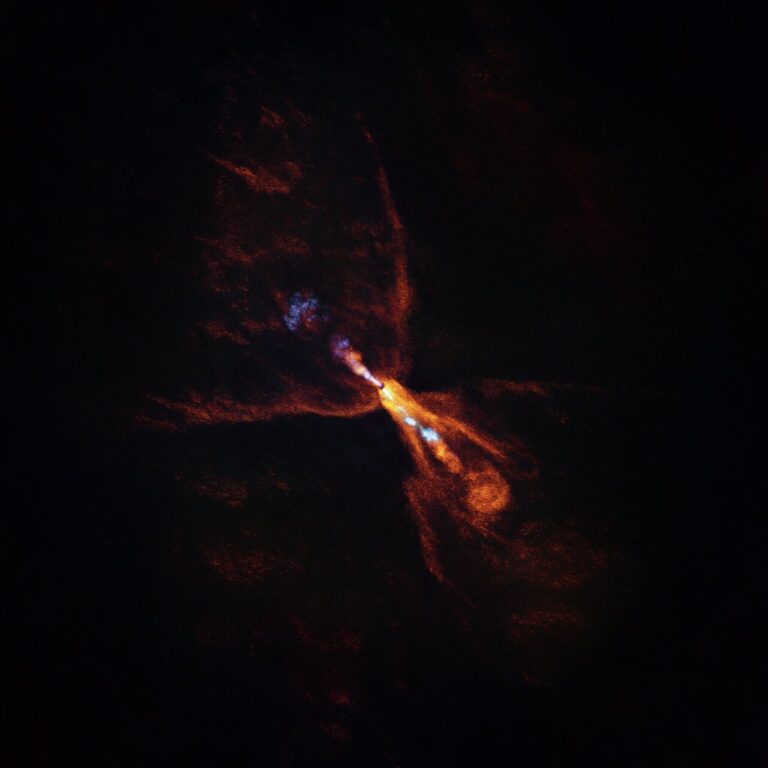Key Takeaways:
Nevertheless, exomoons are detectable for the same reasons their parent planets are: They have mass, and they occupy space. The former means that exomoons will interact gravitationally with their planet (and imperceptibly with their star), forcing the planet to move
in a predictable manner in response. The orbiting exomoon will tend to nudge the planet gravitationally, yielding detectable changes in the amount of time it takes the planet to pass in front of its parent star. The latter trait means that an exomoon, if it lines up with its star from our perspective, would produce a characteristic collection of dips in the measured starlight that often occurs just before or just after the much more significant transits of the host planet.
Practically speaking, an exomoon transit would yield the most confident detection because it’s a more “direct” observation. For that reason, NASA’s Kepler mission, which seeks the smallest transiting planets, is likely our best hope. Even for Kepler, however, this is a daunting task. The largest moon in the solar system — Jupiter’s Ganymede, with a diameter 41 percent that of Earth’s — would block only 0.0014 percent of the Sun’s light in transit (six times less than the amount an Earth transit would block)!
Of course, expectations based on our solar system could be wrong (they have been before). Perhaps Earth-sized moons circle transiting Jupiter-sized exoplanets, placing them just at our present threshold of detectability and making their discovery a not-too-distant possibility.

